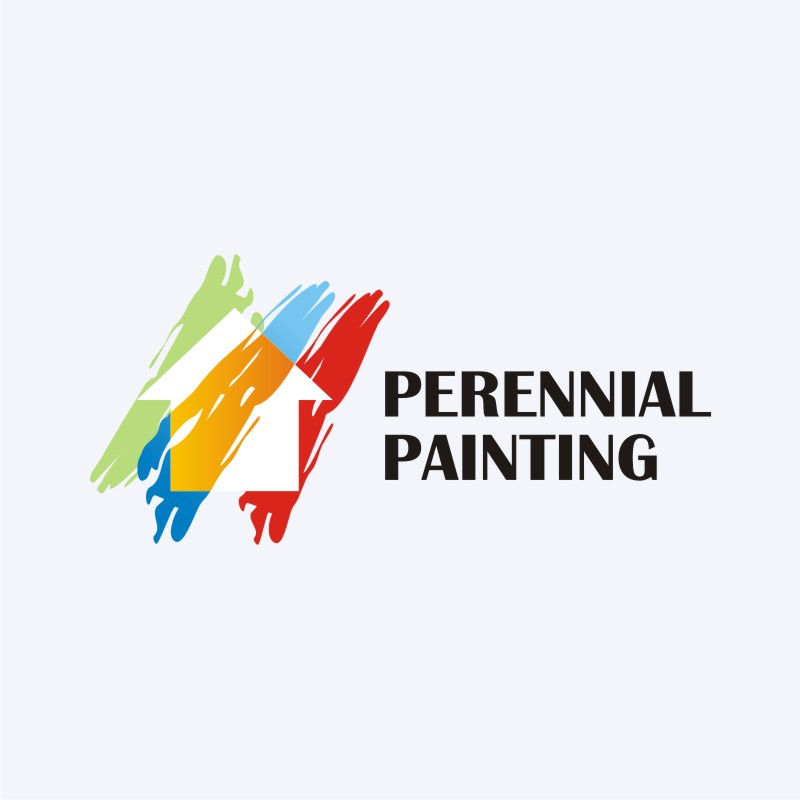Essential Seasonal Aspects Of Commercial Outside Painting: What You Need To Recognize
Essential Seasonal Aspects Of Commercial Outside Painting: What You Need To Recognize
Blog Article
Write-Up Produced By-Regan Decker
When you're preparing a business external paint task, seasonal variables can make or break your outcomes. You'll intend to consider how temperature and humidity effect paint application and drying times. Picking the ideal season can ensure your paint adheres correctly and lasts longer. But which seasons are genuinely the best for this kind of work? Allow's discover the key elements that can affect your task's success.
The Effect of Temperature on Paint Application
When you're intending an industrial outside painting job, the temperature level can substantially influence exactly how well the paint adheres and dries.
Preferably, you intend to repaint when temperature levels vary between 50 ° F and 85 ° F. If it's too cold, the paint might not treat correctly, bring about problems like peeling off or breaking.
On the other hand, if it's as well hot, the paint can dry out also rapidly, stopping proper adhesion and resulting in an irregular finish.
You should additionally consider the moment of day; early morning or late afternoon offers cooler temperatures, which can be much more positive.
Always check the manufacturer's suggestions for the particular paint you're using, as they usually provide support on the optimal temperature array for ideal results.
Moisture and Its Impact on Drying Times
Temperature isn't the only ecological element that affects your commercial external paint task; moisture plays a considerable duty also. High humidity degrees can reduce drying times considerably, influencing the overall high quality of your paint task.
When the air is saturated with wetness, the paint takes longer to cure, which can result in issues like inadequate attachment and a higher danger of mildew development. If you're repainting on a particularly humid day, be gotten ready for extended wait times in between layers.
It's essential to keep an eye on neighborhood weather conditions and strategy as necessary. Ideally, aim for moisture degrees in between 40% and 70% for optimum drying out.
Keeping these factors in mind guarantees your job stays on track and delivers a long-term finish.
Best Seasons for Commercial Exterior Paint Projects
What's the best season for your commercial external painting projects?
Spring and very early fall are typically your best bets. Throughout these seasons, temperature levels are mild, and moisture levels are frequently reduced, creating ideal conditions for paint application and drying out.
Stay clear of summer season's intense heat, which can trigger paint to completely dry too quickly, bring about inadequate bond and surface. Similarly, winter months's cold temperature levels can impede appropriate drying and healing, running the risk of the long life of your paint task.
Go for https://cabinet-painters-near-me00987.snack-blog.com/35033262/the-benefits-of-utilizing-an-expert-painting-service-provider with temperatures between 50 ° F and 85 ° F for optimum results. pop over to this site in mind to examine the neighborhood weather forecast for rain, as wet problems can destroy your project.
Planning around these variables guarantees your paint project runs smoothly and lasts much longer.
Final thought
In conclusion, preparing your industrial exterior painting projects around seasonal considerations can make a considerable distinction in the outcome. By scheduling job throughout the excellent temperature levels and moisture levels, you'll make certain better adhesion and drying times. Bear in mind to keep an eye on local weather prediction and pick the right time of year-- springtime and very early autumn are your best choices. Taking these actions will help you accomplish a durable and professional surface that lasts.
